|
I want to welcome a guest today, Alesia from PrimaryLearning.org is visiting with helpful information for teaching reading. Sight words can really be a struggle with some readers.
Amidst all the tools and information available online these days, it's nice to have fresh ideas. Alesia's activity ideas, worksheets and printables would work perfectly with my favorite phonics book: Teach Your Child to Read in 100 Easy Lessons by Siegfried Engelmann. Welcome Alesia! Sight words, also known as “high-frequency words,” are words that appear frequently in texts. They include words such as “a,” “the,” “to,” and “it.” The Dolch Pre-Primer Words Activity Mats provide a list of sight words to begin introducing to your child. |
The Benefits of Learning Sight Words
Early leveled texts contain one to two short sentences per page that include sight words. The stories follow a predictable, repeated pattern and each written page is paired with a picture. Knowing sight words allows children to tackle these early texts with budding independence. Consider a story that begins each page with, “I like to…” If a child knows those three sight words, he can then use reading strategies to determine the last word in each sentence. (e.g., run, play) The focus can shift to reading strategies such as looking at the first letter and considering the sound it makes, and looking at the picture for clues.
Sight Word Activities
When teaching your child sight words, it is helpful to embed them in meaningful contexts. This can be done through guided reading and writing activities that focus on the words your child has been practicing. For example, if your child has been learning the words “here” and “my,” look for books that contain these words. The goal is for your child to recognize these sight words in multiple contexts, including on their own and embedded in a sentence.
Along with guided reading and writing, using sight word activities will help your child develop a bank of words he can quickly recall. Don’t get caught up on how quickly you are introducing your child to new words. Once he develops proficiency with two or three words, gradually introduce more, continuing to revisit the earlier words. Of course, remember to keep things fun! The activity mats are a great example of a fun activity you can do with your child that supports her learning.
|







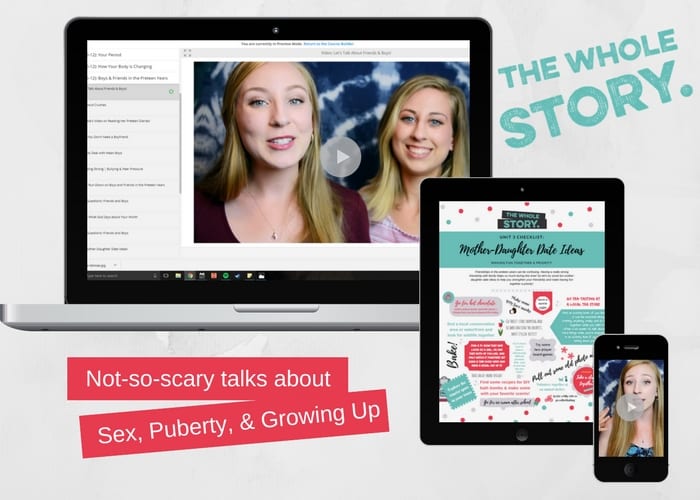








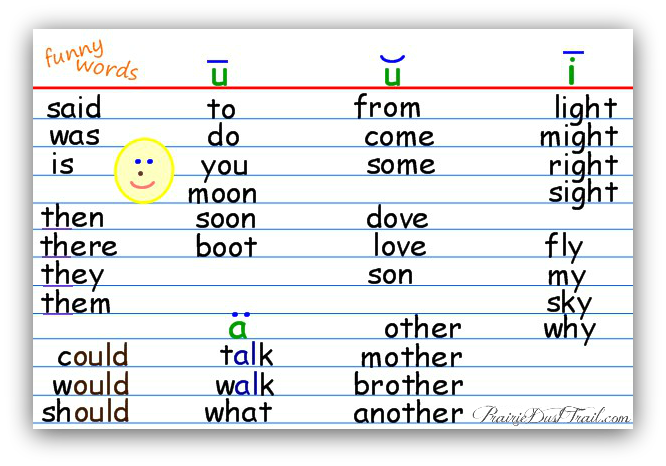
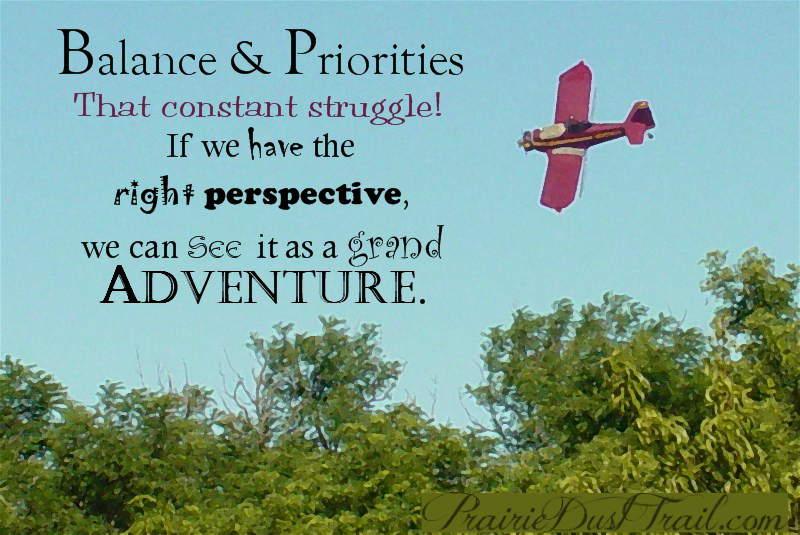



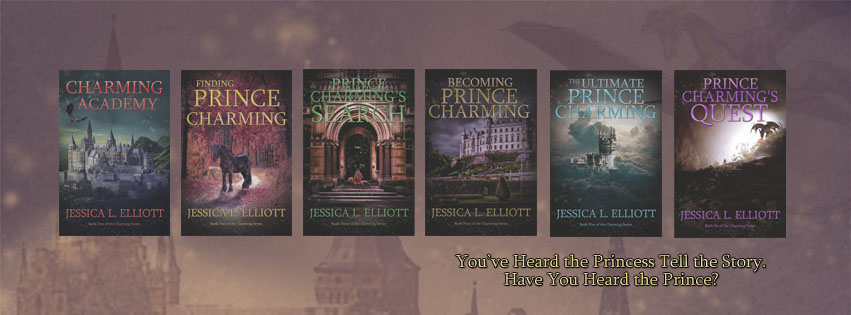


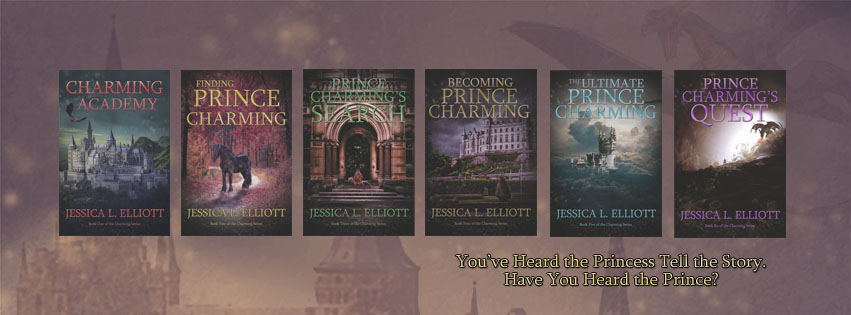

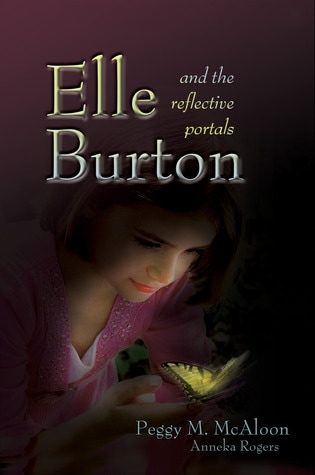








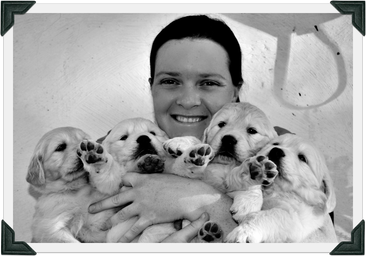





 RSS Feed
RSS Feed